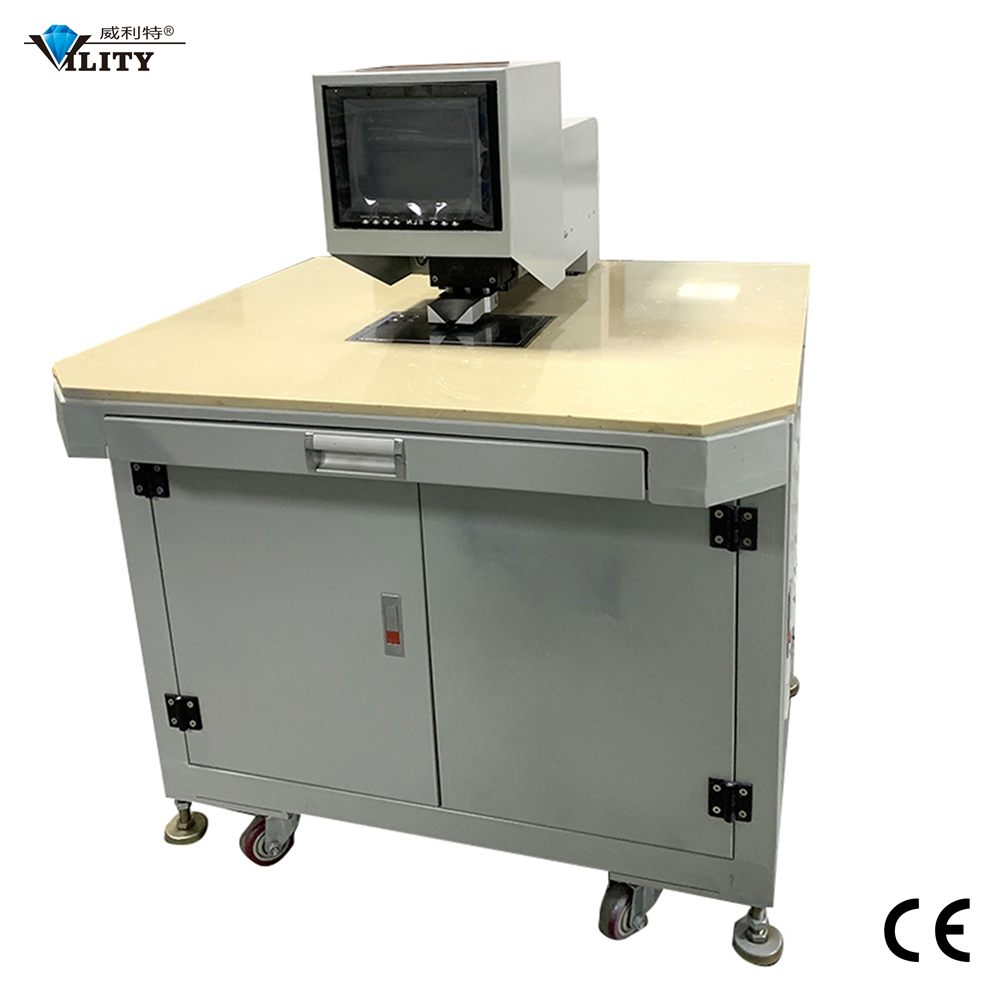Соображения в процессе сверления печатных плат
Соображения в процессе сверления печатных плат
PCB drilling is a critical process that involves creating precise holes in the PCB for component placement and electrical connections. Several considerations must be considered during the PCB drilling process to ensure the holes are drilled accurately and reliably.
Drill to Copper Clearance
A critical consideration in the PCB drilling process is the drill to copper clearance. This refers to the distance between the edge of the drilled hole and the edge of any adjacent copper trace or plane on the board.
Insufficient clearance can cause shorts between the drilled hole and the copper, while excessive clearance can weaken the connection between the drilled hole and the copper.
To ensure proper drill-to-copper clearance, you must carefully plan the placement of copper traces and planes around the drilled holes. You must also consider the drill bit diameter when calculating clearance, as more significant drill bits require more clearance than smaller ones.
Aspect Ratio
Another important consideration in the PCB drilling process is the aspect ratio. This refers to the balance of the hole diameter to the thickness of the board. A high aspect ratio occurs when the hole diameter is relatively small compared to the board’s thickness, making it more difficult to drill the holes accurately and leading to issues such as drill breakage.
To address this issue, carefully choose the drill bit diameter and the board thickness to ensure the aspect ratio is within an acceptable range. The drilling process must also be carefully controlled to ensure the drill bit does not break during drilling.
Other considerations in the PCB drilling process include the drill speed, drill bit material, and the use of drilling templates to ensure that the holes are drilled in the correct locations. By carefully considering these factors, achieving high-quality and reliable drilled holes in a PCB is possible.
 Трафаретная печатная машина
Трафаретная печатная машина
